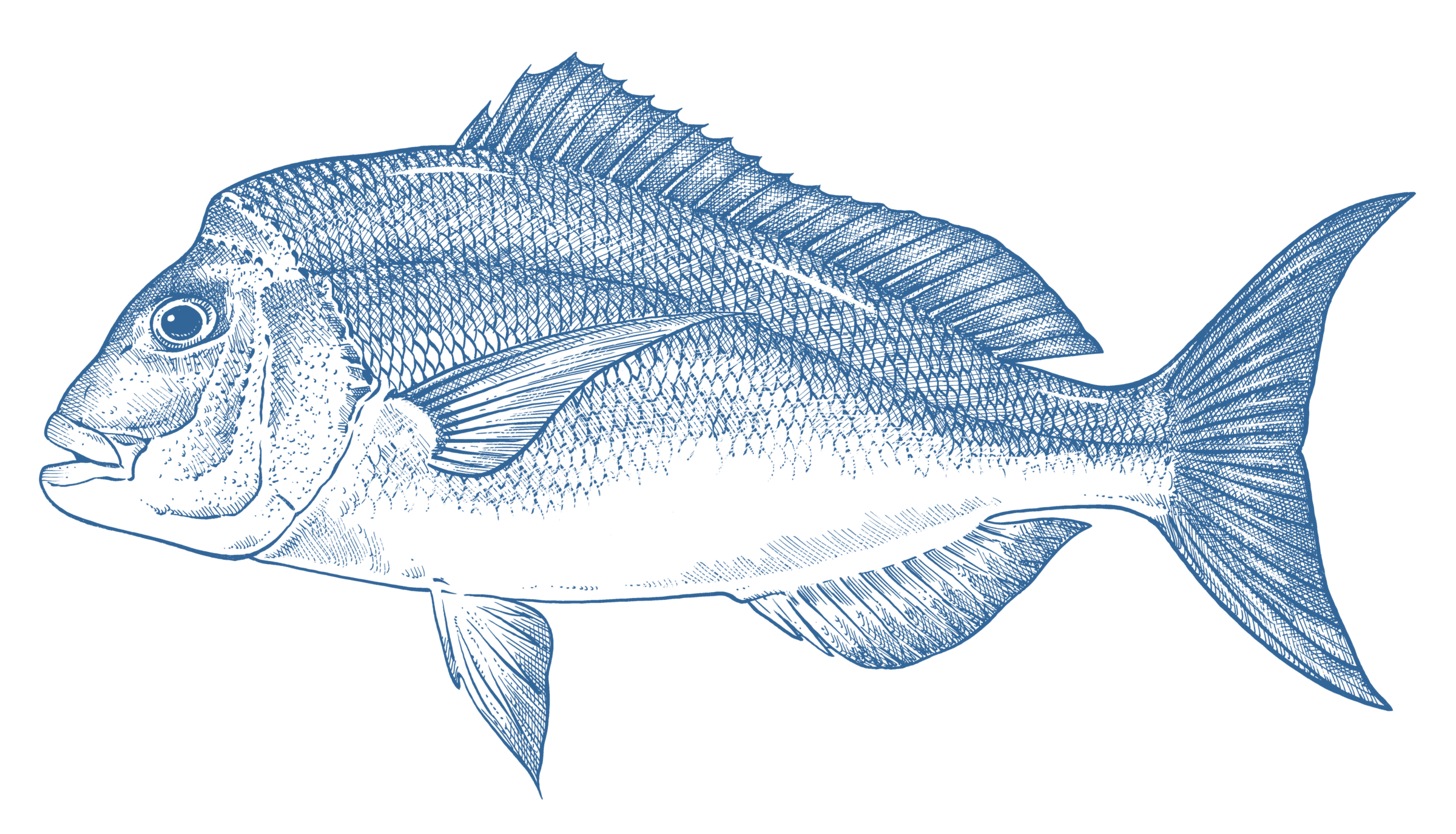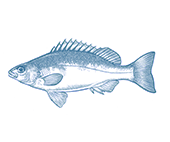




- Better Choice
Wild Caught
Region:
SA
- Snapper are a rocky reef fish caught commercially and recreationally throughout southern Australia.
- Snapper are commercially caught using hand line fishing methods in SA.
- While three snapper populations have historically been fished in SA, two are overfished and have been closed to fishing altogether for several years. The remaining population, caught east of Kangaroo Island, is in healthy condition and is assessed here.
- The fishing methods used generally have low impacts on marine habitats and threatened species.
- SA Marine Scalefish Fishery (32t in 2021)
Snapper can be found in temperate Australian waters from coastal bays to oceanic waters upto 250m deep. Snapper is a key target of commercial and recreational fisheries around Australia, caught in all states except in Tasmania and Northern Territory waters. Snapper are long lived fish (up to 40 years) and take up to 7 years to reach maturity. Snapper are caught using hand line fishing methods in SA.
There are three populations of snapper historically caught in SA. The populations are managed separately and the two formerly largest fisheries, in Spencer Gulf/West coast SA and Gulf St. Vincent, are seriously overfished. As these fisheries were closed to fishing altogether in 2019 (until at least 2026), the remaining south east population, caught from Kangaroo Island east to the Victorian border, is assessed here as it is the only remaining source of SA-caught snapper. This population of snapper is shared with Victoria, and is in healthy condition. Management is collaborative between jurisdictions, which is welcome.
Snapper are predominantly caught using hand line fishing methods which pose a low risk to bycatch species and vulnerable marine habitats.
Marine parks provide a small but important additional degree of protection for snapper populations, other species and habitats throughout SA’s coastal and offshore waters.


